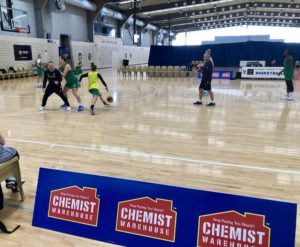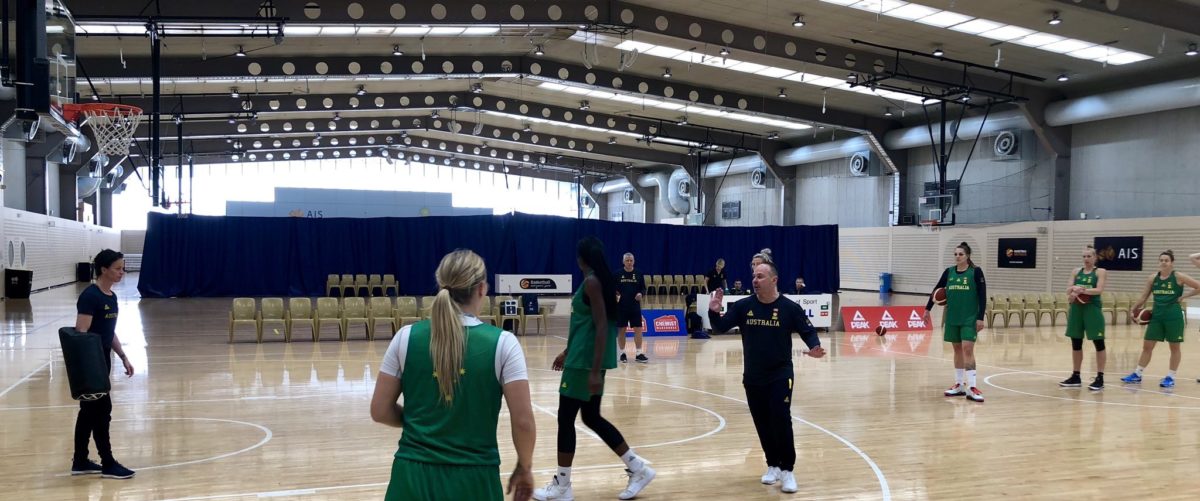One of the most valuable development activities for coaches of all levels is to observe team practice of another team and program. The opportunity to see new drills, listen to different teaching cues and observe practice structure are always terrific learning opportunities for coaches.
A group of female network coaches from the Basketball ACT high performance program recently took the opportunity to attend a training session of the Australia Chemist Warehouse Opals as they prepared for the 2019 FIBA Asia Cup in India.
The coaches met prior to the session to discuss the different aspects they would be looking for, then watched the 2-hour session, before meeting with Opals assistant coaches Cheryl Chambers and Paul Goriss to discuss and review.
A group of network coaches from the Basketball WA high performance program had a similar opportunity in Perth in August, watching a Boomers practice prior to the 2019 FIBA World Cup.

How do you gain maximum value out of attending elite training session such as these? Coaches need to go in with a plan and consider some of the following to ensure they capitalise on terrific professional development opportunities such as these.
Some aspects to consider include –
- Context – is the session in pre-season, in-season, pre-game, camp setting?
- Landscape – how many athletes, coaches, support staff, baskets and courts
- Focus and key themes of the session
- Coaching staff interactions, communication and positioning
- Flow and structure of the practice
Understanding context is a crucial element of all coaching and coach development and is key when observing practice sessions. The approach by coaches and athletes alike will be dictated by the context of whether the practice is a learning session, shootaround, pre-season or late season.
Linked to the context is the “landscape”. Making notes about the number of courts/baskets, how many staff and the length of sessions are all important. Simple aspects such as knowing how many athletes it takes to run a specific drill are important to be able to take that drill and implement it into your session next week.
Perhaps the most important element of a practice to observe and learn from is how the coaches interact, communicate and intervene during the session. The elite coaches have high level ability be succinct in their communication and have a good feel for when to stop practice to teach.
With coaching staffs growing in size at all levels, taking note of how and when the assistant coaches intervene is valuable for coaches of all levels. More voices can increase the risk of “white noise” in a session and elite head coaches will have a structure in place for how and when coaches communicate.

Practice organisation and flow is crucial at all levels, but at the elite and international level, it is magnified. At the national team level, the coaches usually only have their teams for short periods of time, so planning everything to the minute and having all staff on board with the plan is of paramount importance.
The final piece of the puzzle for coaches attending or observing practices such as the Opals and Boomers or a professional team is to take the time post session to identify key learnings.
Most coaches will take copious notes during sessions; but taking time to identify two of three key takeaways that you can imbed into your coaching is so valuable. Writing these down and discussing with coaching colleagues is a great way to drive your improvement.
Basketball Australia would like to thank Coach Sandy Brondello and Coach Andrej Lemanis for supporting these two excellent coach development opportunities and would also acknowledge Basketball WA and Basketball ACT.




Leave a Reply